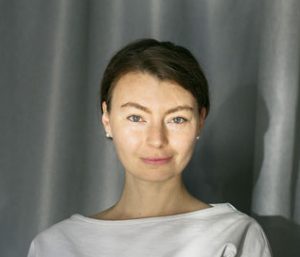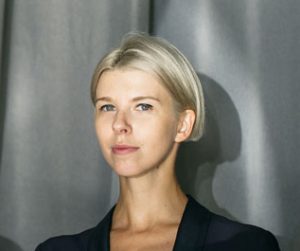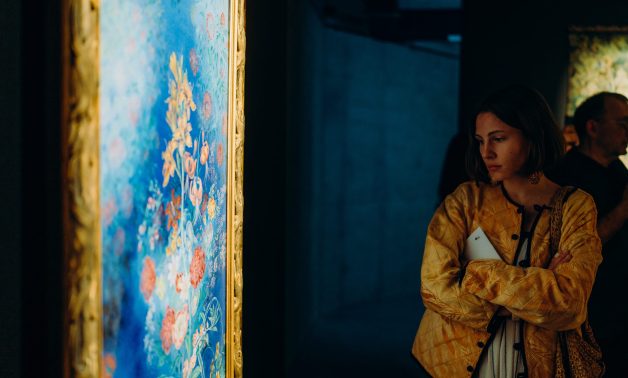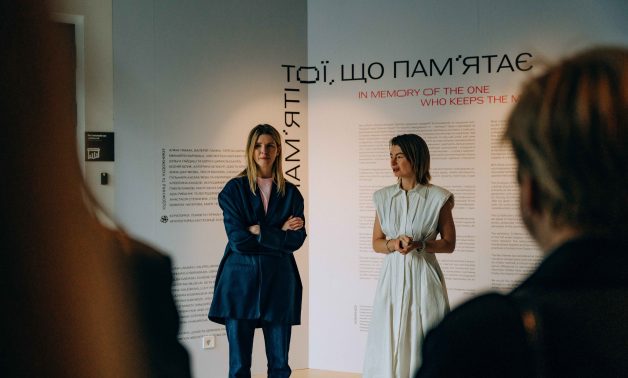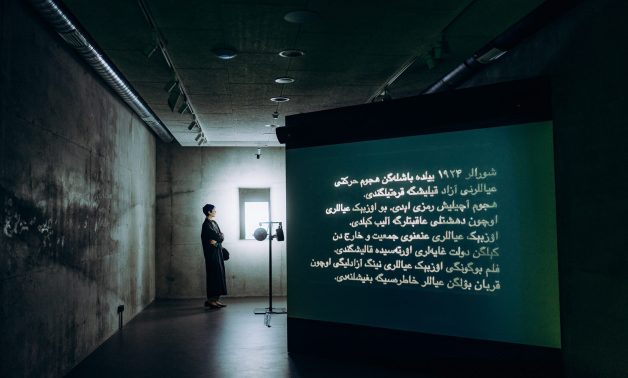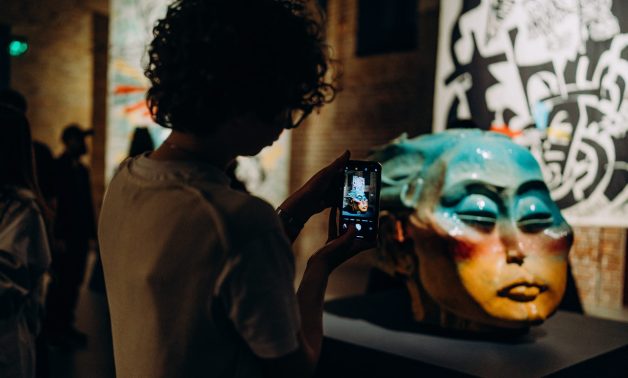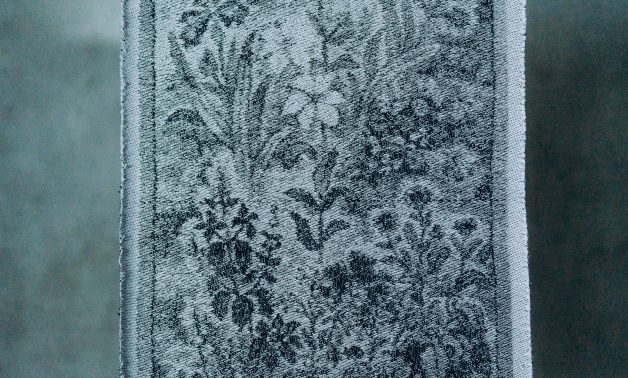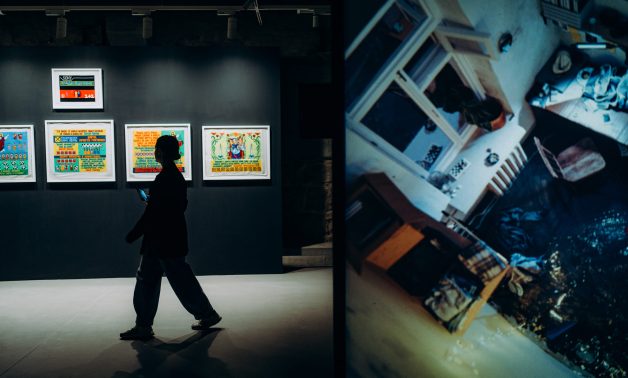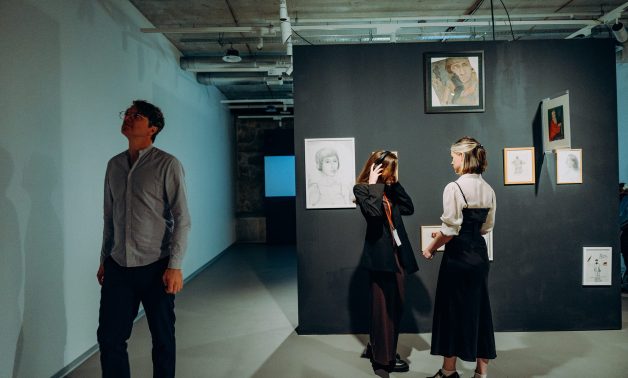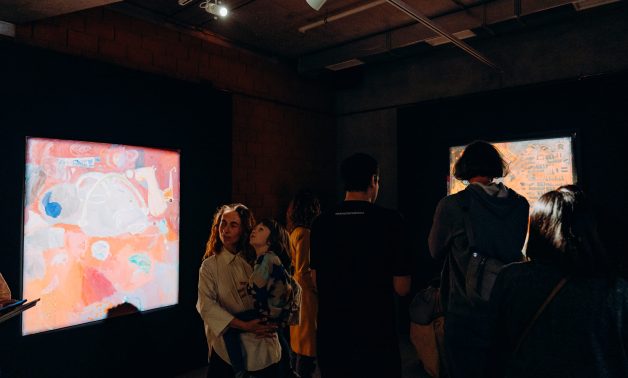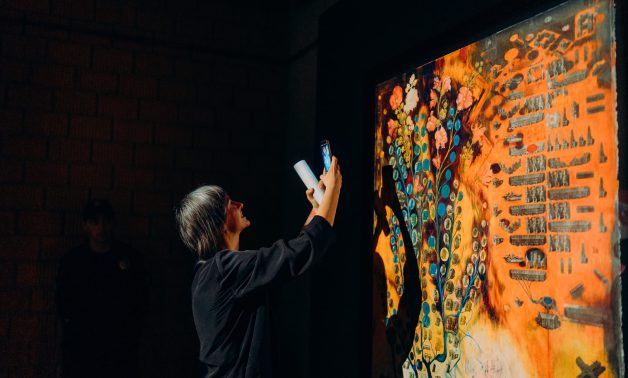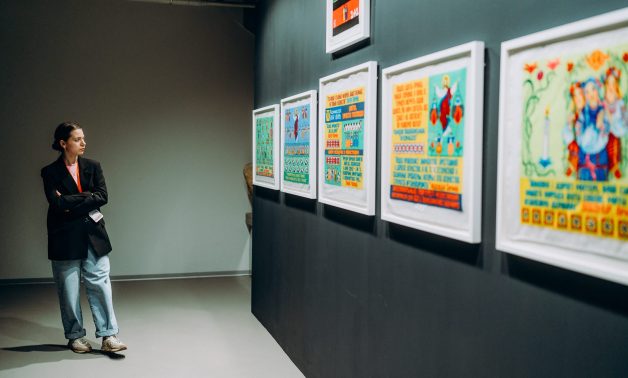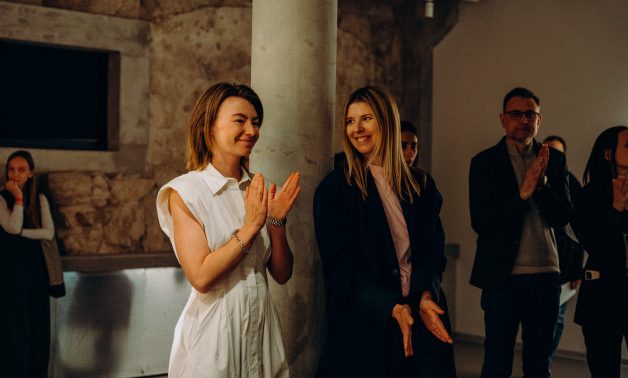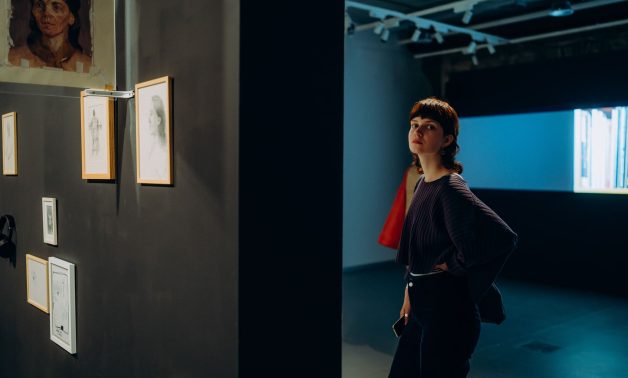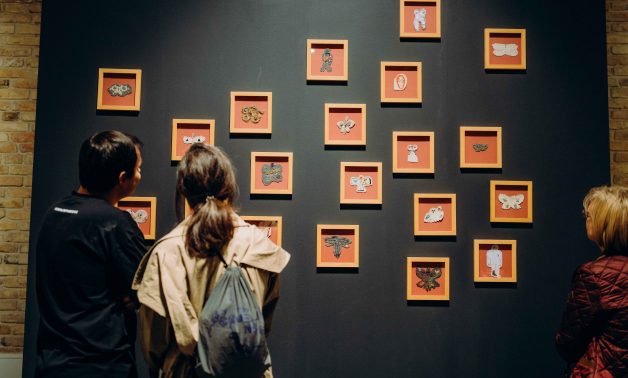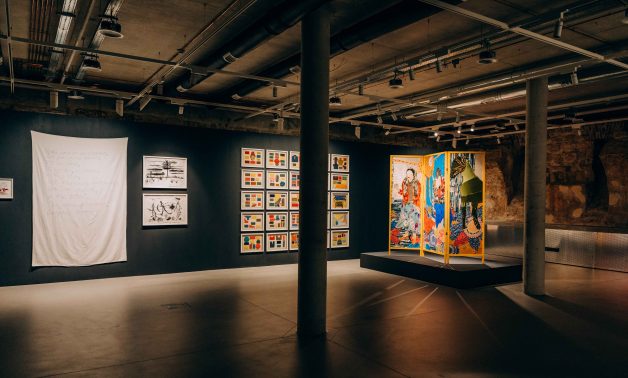In Memory of the One Who Keeps the Memory
What makes an artist, an artist? An art school diploma? An exhibited or sold artwork? One’s own studio? Or simply the statement: “I am an artist”? This question can be answered as follows: the status of an artist is determined by the art system — an extensive network of institutions, experts, colleagues, art historians, and curators. No matter how potentially corrupt this path may seem at first glance, it is the complexity of the relationships within this system that allows us to see and recognise truly marginal, unconventional artistic voices. Paradoxically, the more developed the system is, the less the artist can avoid its sometimes obsessive recognition. Such a statement seems to be particularly relevant — and challenging — in the context of Ukraine. After the collapse of the Soviet system of art with all its practical benefits and ideological oppression, new institutional frameworks for art are just beginning to appear, as until recently, there were not so many institutions capable of creating a system around their activities.
With these considerations, four years ago we embarked on the development of the exhibition “In Memory of the One Who Keeps the Memory” and its accompanying research. At that time we sought to raise questions that, in our opinion, needed to be examined and dared to be discussed before making another statement for a new curatorial project, especially in a newly opened institution.
The exhibition “In Memory of the One Who Keeps the Memory” was developed long before the onset of the full-scale invasion and has remained virtually unchanged. This idea now seems to us only more relevant: the rediscovery of certain episodes of Ukrainian art, a new perspective on marginalised aspects and figures of its history, as well as a dialogue with consonant but little-known practices of artists from Eastern Europe and Central Asia, created between the 1950s and 2024.
The key themes we considered at the beginning and which, ultimately, are embodied in the exhibition narrative: preservation and reproduction of memory (including the memory of the art of the past) as an artistic method; a critical look at the hierarchy and political construction of gender, national, and genre affiliations in repressive systems (particularly the Soviet one); reflections on displaced identities, hidden lives, and (artistic) means of bringing them back to common space today. And, finally, the theme of freedom for artists, eternally relevant beyond time and geography.
The life story and creative practice of Alina Mykolaiivna Lamakh (1925–2020) became the prologue of our research and the heart of the exhibition.
Alina Lamakh is known primarily as the wife of Valerii Lamakh, a prominent monumental artist, a key figure of the Sixtiers generation. He was also the author of The Book of Schemes — the opus magnum of Ukrainian unofficial art, dedicated to the author’s philosophical system of analysing world culture. During his lifetime, Lamakh left unpublished manuscripts of his work. For more than 30 years after his death in 1978, Alina engaged in organising, deciphering, reprinting, editing, and preparing texts for publication in The Book of Schemes. Later, art critic Liudmyla Lysenko joined the work on the publication. In 2011, the electronic version of The Book of Schemes was released, followed by the first edition of the printed version in 2015. In 2020, a limited edition of the edited and expanded version of this now collective work was published.
A cursory glance at the course of Alina Lamakh’s extremely private, secluded life leads to an immediate (albeit not exhaustive) assumption that preserving her husband’s archive became her main mission. However, the basis of such scrupulous devotion is seen as much more complex than arranging the affairs of one’s husband when viewed from a present-day perspective. Let’s assume that Alina Lamakh understood the magnitude and uniqueness of The Book of Schemes developments beyond the author’s own figure, comprehending the scale of irretrievable loss for (world) culture in case of its non-preservation. Let’s also assume that Alina Lamakh realised that she was probably the only one who could continue this work, to pick up and complete what was started by an author close to her. And she thought so not without good reason.
Alina Lamakh had her own artistic practice. The direct encounter with her works, for the first time comprehensively presented at Jam Factory, significantly complicates the initial superficial impression of their decorative nature. And the fact that work on them in the 1980s and 1990s ran parallel to organizing The Book of Schemes reveals an entirely different perspective on her oeuvre. We understand the significance of her figure also thanks to the efforts of Anna Daučíková, an artist and friend of the Lamakh family. Daučíková created and provided us with two films related to Alina.
The (un)told story of Alina Lamakh leads to reflections on key questions for the final exhibition: Can we speak of memory preservation practice as an independent artistic project? Can we consider dedication to continuing someone else’s interrupted practice as an alternative to creating something new — a logic prevalent in the international contemporary art industry with its thirst for “new commissions and new production.” In this light, Alina Lamakh’s life and professional path, focused on the idea of non-loss and the realisation of what is threatened by incompleteness and oblivion, seems no less grand and meaningful than The Book of Schemes itself. And her own unrealised ideas and unknown works stand as silent witnesses of the greatness of this ascetic path. Finally, we cannot overlook the question of rethinking authorship boundaries in art: Is the one who preserved and completed the work not equally important as the one who started it?
We would like to dedicate our exhibition to the art historian Liudmyla Lysenko (1954-2021), who, throughout her professional life, consistently worked with the archives and works of many Ukrainian artists, including the legacy of the Lamakh family — and generously shared her knowledge with us.
2020—2024
Curators: Lizaveta German and Maria Lanko
Lizaveta German and Maria Lanko are independent curators, researchers, and co-founders of The Naked Room Gallery (Kyiv). Since 2014, they have been working as a curatorial team. They are also the co-founders of the Ukrainian Emergency Art Fund. The duo has organized more than 30 exhibitions and collaborated with leading art institutions in Ukraine, including the National Art Museum of Ukraine, the Art Arsenal, the Goethe-Institut, the British Council, the Ministry of Foreign Affairs, and the Ukrainian Institute.
The Exhibition Guide
Artists
Alina Lamakh, Valerii Lamakh, Tereza Barabash, Mykhaylo Barabash, Library of Visual Phenomena (Olga Gaidash, Eugene Shimalsky), Ksenіia Bilyk, Kateryna Bilokur, Geta Brătescu, Anna Daučíková, Lucy Ivanova, Saodat Ismailova, Gulnara Kasmalieva and Muratbek Djumaliev, Alevtina Kakhidze, Volodymyr Kuznetsov, Pavlo Makov, Małgorzata Mirga-Tas, Ada Rybachuk and Volodymyr Melnіchenko (ARVM), Anastasiia Stefaniuk, Stanislav Turina, Bozhena Chagarova, Mark Chehodaiev.
Exhibition architect: Kseniia Bilyk
TEAM
Program and executive director: Bozhena Pelenska
Operations and executive director: Tetiana Fedoruk
Management: Yuliia Sapiha
Assistance: Iryna Kliuchnyk
Communications: Mariia Shvets, Lesia Dunets, Yuliana Chorna
Design: Olena Zahorodnyk
Financial support: Rymma Hladka, Nataliia Pidtserkovna
Venue Manager: Levko Pidzharyi
Technical management and exhibition installation: Metamuseum
VISIT THE EXHIBITION
- The ticket cannot be returned or exchanged.
- Reimbursement of the ticket is possible only if the event is canceled or postponed.
- You can use the ticket only once. If you have left the exhibition space, the validity of the ticket ends.
- Staying in the Art Center while under the influence of alcohol or drugs is prohibited. Visitors who violate the established order will be forced to leave the territory of the Art Center without a refund of the ticket price.
- During an air raid alarm, it is mandatory to use the shelter of the Art Center.
- Personal belongings can be left in the lockers.
- Please do not enter the exhibition with food, drinks or pets.
- Photography and video recording are allowed, except for private photo sessions.
- Large groups can visit the exhibition if they have a prior reservation.
Design elements from the BONG HOA NHO EXHIBITION project were used in the design of the exhibition “In Memory of the One Who Keeps the Memory. “
Project Events
Project Curators
